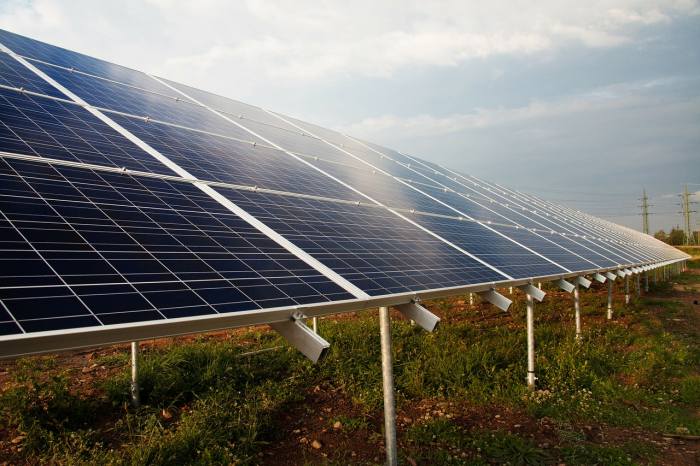
Image: PublicDomainPictures
The interest in large-scale solar development in Victoria’s Shepparton region is such that Greater Shepparton City Council wants to refer applications to the State Government.
The Council is somewhat torn between the huge benefits solar power can bring the area and its concerns over the potential impact on agriculture.
Council says it has 5 current or future large-scale solar applications to deal with. These consist of a facility in Tatura East (45MW), one in Tallygaroopna (30MW), another in Lemnos (100MW), one in Congupna (30MW) and a solar farm in Mooroopna (12MW). Collectively, the 217MW of projects will cost $316 million to develop.
Added to those projects, Council has been informed another 100-megawatt, $150 million solar farm project is being prepared for planning application.
“Each project represents individually significant investment in the local economy and taken together the projects represent a major regional investment,” state unconfirmed minutes from a Council meeting held last Tuesday.
It’s a situation that many councils would probably like to find themselves in, however the main concern regarding the applications is “whether the loss of productive agricultural land in a food bowl of national significance for a solar farm produces acceptable planning outcomes.”
Greater Shepparton is situated in the heart of the Goulburn Valley; an area often referred to as the “Food Bowl of Australia” as it’s where around a quarter of the total value of Victoria’s agricultural production is created.
The situation has Council stumped given its conflicting policies; hence the move to invite Victoria’s Minister for Planning to establish a process that provides an opportunity for all affected stakeholders, including Council, to be heard and then decisions made. One of the benefits of taking this action is that decisions would be made more rapidly.
This is the second instance of big solar and agriculture colliding in Australia very recently. Yesterday, we reported on a battle brewing over Brewongle Solar Farm, based partly on the premise that the facility would be constructed on what has been called prime agricultural land. However, as has been pointed out in that case, the land can also continue to be used for agricultural purposes.
Perhaps a dual-use approach can happen to some degree in the Shepparton region rather than it being an either/or situation. Livestock such as sheep have been successfully run at solar facilities – and they help to keep down maintenance costs through their grazing. In some parts of the world, more novel approaches have been taken. An example is in Japan where solar farms have been paired with fungiculture.
Solar trivia : as well as being a sought- after spot for large-scale PV, solar panels are quite a common sight on rooftops of homes in the Shepparton region as well. Just in Shepparton itself (including Shepparton East and North), 3,460 small scale solar power systems are installed, with a collective capacity of more than 14MW (Source: Clean Energy Regulator).

 RSS - Posts
RSS - Posts



Speak Your Mind